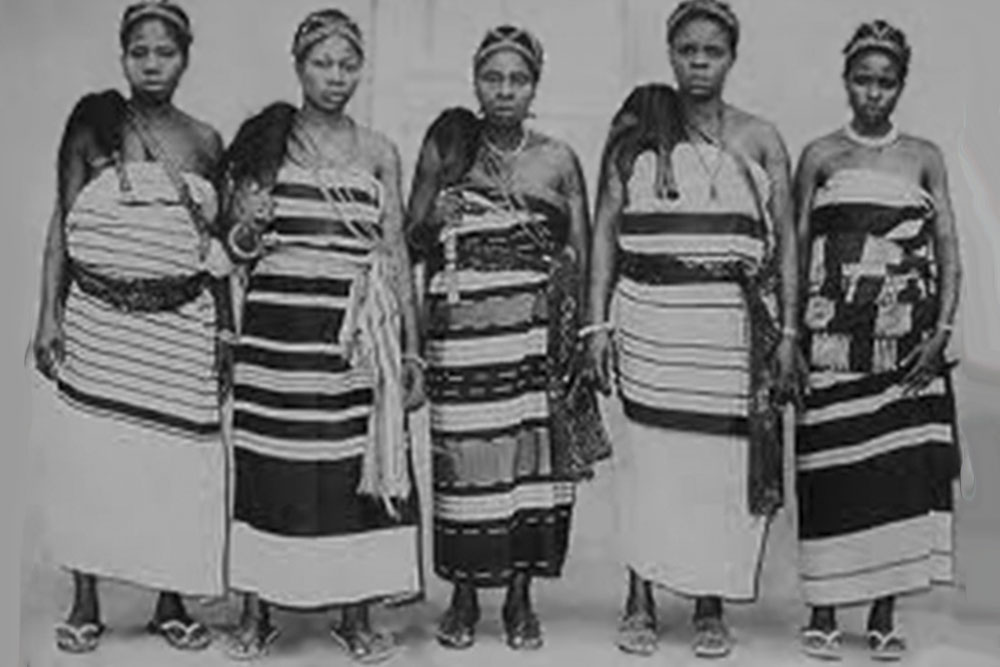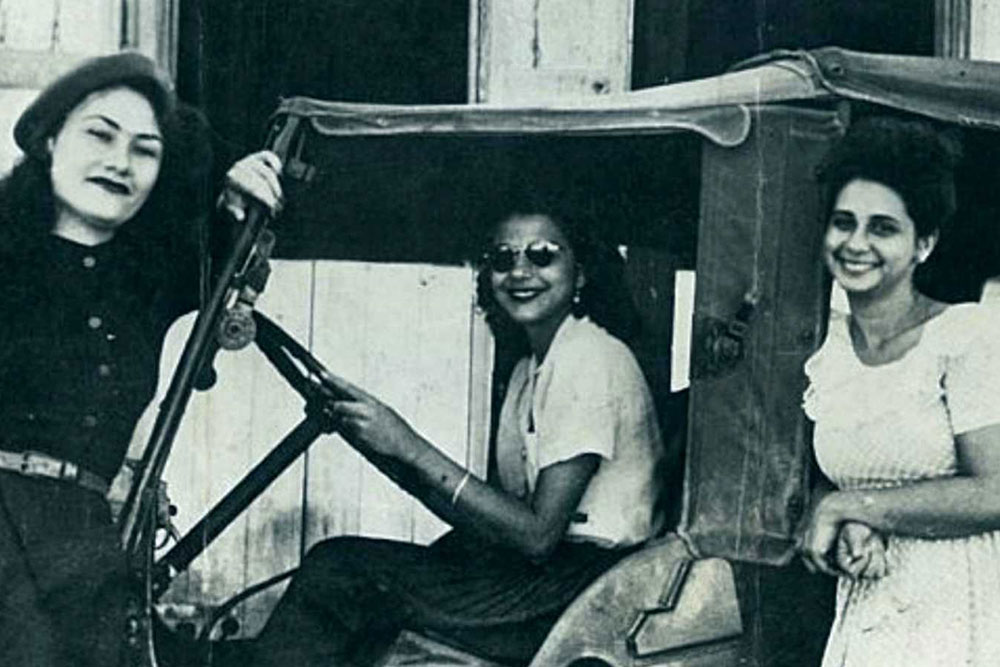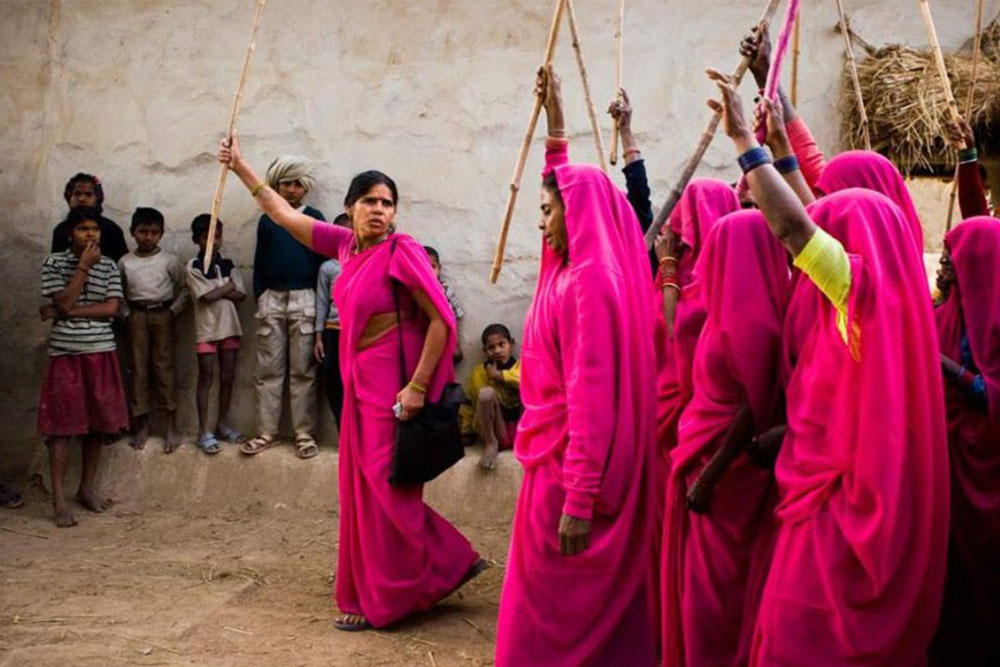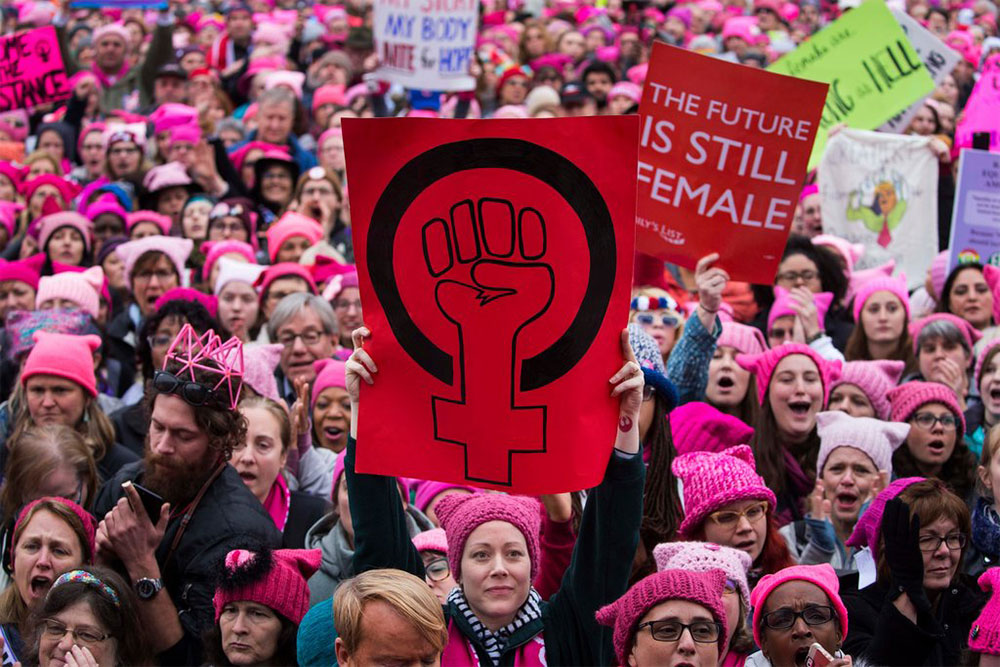What happens when women protest? A lifetime of bottled up angst finds voice in chants and slogans. From the women who came together in Seneca Falls for the world’s first women’s conference, to the women who took to the streets in protest with the demand of making India a safe place for women, and everyone who has shared their #MeToo story on social media, the women who’ve risen up to claim their rights and to protect the rights of others, have changed the world as we know it.
Feminism dates back to 1837 in France, where it was first documented by socialist Charles Fourier when he used ‘feminisme’ to describe women’s liberation in a utopian future. In the early 1900s, it began to gain cultural popularity and was often associated with women’s suffrage, but later evolved to draw attention to how women face different forms of discrimination based on factors, such as race, class, ethnicity, religion and sexual orientation. In her 1851 speech 'Ain't I a woman?' American feminist and former slave, Sojourner Truth drew attention to how women experience sexism differently. Over the years, women’s movements have not only been advocating for women’s social, political, legal and economic rights equal to those of men, but have also established and brought conversations on gender inequality, slavery, right to education, right to healthcare, female infanticide, consent, sexual harassment, safety at the workplace, and domestic violence to the forefront.
These movements shook age old patriarchal foundations that exist in our society, cultures, workplace, our academic institutions, public spaces, and homes. Discover how they have shaped your lives, and the rights and lives of women and girls worldwide.
Seneca Falls Convention, 1848

'We hold these truths to be self-evident; that all men and women are created equal.'
Indignant over women being barred from speaking at an anti-slavery convention, Elizabeth Cady Stanton and Lucretia Mott gathered a few hundred people at their nation’s first women’s rights convention in New York. The Seneca Falls Convention of 1848 was the first women's rights convention in the world. It advertised itself as ‘a convention to discuss the social, civil, and religious condition and rights of woman’.
Women’s Suffrage in New Zealand, 1893

Women's suffrage was granted after about two decades of campaigning throughout New Zealand by women. The New Zealand branch of the Women's Christian Temperance Union (WCTU) led by Anne Ward (1886-1887), Emma Packe (1887-1889), Catherine Fulton (1889-1892), and Annie Jane Schnackenberg (1892-1900) was particularly instrumental in the campaign. Suffragists in WCTU, Political Franchise Leagues and trade unions organised a series of petitions to Parliament: over 9,000 signatures were delivered in 1891, followed by a petition of almost 20,000 signatures in 1892, and finally in 1893 nearly 32,000 signatures were presented – almost a quarter of the adult European-origin female population of New Zealand. Soon after, New Zealand became the first self-governing nation to allow women to vote and inspired suffragists across the globe.
First International Women's Day, 1911

On March 8, 1911, International Women's Day was observed for the first time in Austria, Denmark, Germany and Switzerland. More than one million women and men attended the rallies campaigning for women's rights to work, vote, be trained, to hold public office and end discrimination.
The Russian Revolution, 1917
On International Women’s Day in 1917, a large women-led demonstration broke out demanding 'bread and peace'. Now a Russian national holiday, this historic day is what some historians believe ignited the Russian Revolution. The last Russian tsar was abdicated as a result of this revolution. The soviet quickly became the representative responsible for fighting for women, workers and soldier’s hopes for 'bread, peace and land'
Campaign for FGM ban in Egypt, 1920s

One of the earliest campaigns against Female Genital Mutilation (FGM) began in Egypt in the 1920s, when the Egyptian Doctors' Society called for a ban by declaring the negative health effects. A practice that at least 200 million women and girls alive today have undergone, it took until the late 20th Century before the term FGM was globally adopted and the practice explicitly classified as a form of violence. Today, the UN, grassroots women’s movements, civil society and others are working together to put an end to the practice. Egypt banned FGM entirely only in 2007.
Aba women’s riot, Nigeria, 1929

Organised and led by the rural women of Owerri and Calabar provinces, the protests broke out when thousands of Igbo women from the Bende District, Umuahia and other places in eastern Nigeria travelled to the town of Oloko to protest against the Warrant Chiefs, whom they accused of restricting the role of women in the government. It was the first major revolt by women in West Africa. During the events, many Warrant Chiefs were forced to resign and 16 Native Courts were attacked, most of which were destroyed. In 1930 the colonial government abolished the system of warrant chieftains, and appointed women to the Native Court system. These reforms were built upon by African women, and have been seen as a prelude to the emergence of mass African nationalism.
The United Nations is born, 1945

Following the devastation of World War II, the United Nations was formed in 1945 to foster international co-operation. Its charter highlighted gender equality: 'We the peoples…reaffirm faith…in the equal rights of men and women'. In 1946, the Commission on the Status of Women became the first global intergovernmental body exclusively dedicated to gender equality.
The unforgettable butterflies, Dominican Republic, 1960

A symbol of popular feminist resistance, the Mirabal sisters — Minerva, María Teresa, and Patria — also known as Las Mariposas (the butterflies), formed an opposition movement to openly protest the dictatorship of Rafael Trujillo in the Dominican Republic. On 25 November 1960, the sisters were assassinated. The public outcry propelled the anti-Trujillo movement, toppling the dictatorship within a year. The day of their brutal murders has since been marked on 25 November to raise awareness on ending violence against women.
Icelandic women's strike, 1975

Women in Iceland have gone on a strike six times to protest gender inequality and the gender pay gap. On October 24th, 1975, 90 per cent of Iceland's female population left work to demonstrate the importance of women's contribution to society. This day was popularly called 'kvennafrí', or Women's Day Off. Participants, led by women's organisations, did not go to their paid jobs and did not do any housework or child-rearing for the whole day. Iceland's parliament passed a law guaranteeing equal pay the following year.
The women’s suffrage movement, the first woman was elected president of a country, 1980

More than a century since the women’s suffrage movement began, and decades of vigorous activism later, women in a vast number of the world’s countries could vote by the 1980s. In contrast, women were still fighting to take on leadership positions. The first woman elected president of a country was Vigdís Finnbogadóttir of Iceland, who won the 1980 presidential election, as well as three others to also become the longest-serving non-hereditary female head of state in history, with a total of 16 years in office.
Declaration on the Elimination of Violence Against Women, 1993

The Declaration on the Elimination of Violence Against Women was adopted without a vote by the United Nations General Assembly on 20 December 1993. Contained within it is the recognition of 'the urgent need for the universal application to women of the rights and principles with regard to equality, security, liberty, integrity and dignity of all human beings'. The international recognition that women have a right to a life free from violence is a recent one, emerging around 1970. Since its founding the United Nations has concerned itself with the advancement of women's rights through institutions such as the United Nations Commission on the Status of Women (CSW), but did not specifically target the high rates of females who were targeted with violence until the early 1990s.
ICPD Programme of Action, 1994

ICPD stands for the International Conference on Population and Development, a 1994 meeting in Cairo where 179 governments adopted a revolutionary Programme of Action and called for women's reproductive health and rights (Universal education, reduction of infant and child mortality, reduction of maternal mortality, access to reproductive and sexual health services including family planning) to take centre stage in national and global development efforts.
The Gulabi Gang, India, 2006

In Northern India’s poverty-stricken Banda District of Uttar Pradesh state, a handful of bamboo-wielding women took matters into their own hands when they heard of a neighbour abusing his wife. The modest movement on domestic abuse later snowballed into a nationwide one. Today, a 'gang' of tens of thousands of women dressed in pink (gulabi) collectively tackle social injustices against women and are inspiring similar uprisings in the nation. Sampat Pal Devi founded the Gulabi Gang in 2006 in response to the lack of police support for victims of domestic violence.
Protests and movements in Arab States, 2011 onwards

From the Arabian Peninsula to the capitals of North Africa, streams of women have vigorously been protesting for their rights as part of a broader uprising: the pan-Arab movement. The outcry brought women into the global limelight, challenging perceptions of them as passive. In Morocco, tribal Soulaliyate women continue to fight for land rights; in Tunisia, activism propelled gender equality being enshrined in the nation’s constitution; and in Lebanon, campaigning led to a controversial rape law being scrapped.
Protests against rape in India, 2012 onwards

Following the shocking nature of multiple sexual crimes against young women, especially the Nirbhaya case in 2012, the issues of rape and violence against women (VAW) have increasingly come into the social and political spotlight in India. In recent years, social activists have staged a sustained number of protests demanding justice for the victims of sexual violence and better protection of women and children in the country. Besides rape, protests are also staged against other forms of violence against women including, but not limited to, harassment of women and girls, dowry deaths, and suicide due to cruelty by the husband or in-laws.
The Women's March, 2017

5.5 Million people worldwide attended the 'women’s march' on 21 January 2017 in solidarity for women’s rights. It’s one of numerous mass uprisings that mark the decade, including: in India, following the gang rape of a student; across Latin America after a succession of femicides; and in Nigeria, following the kidnapping of almost 280 school girls.
The rise of digital activism, 21st Century

The hashtags say it all: Women and girls want a life free of violence and a gender equal world.
#SendeAnla,
#BringBackOurGirls
#YesAllWomen
#EverydaySexism
#WomenShould
#HeForShe
#NiUnaMenos
#MeToo
#YoTambien
#QuellaVoltaChe
#BalanceTonPorc
#AnaKaman
#TimesUp
#FeministFriday